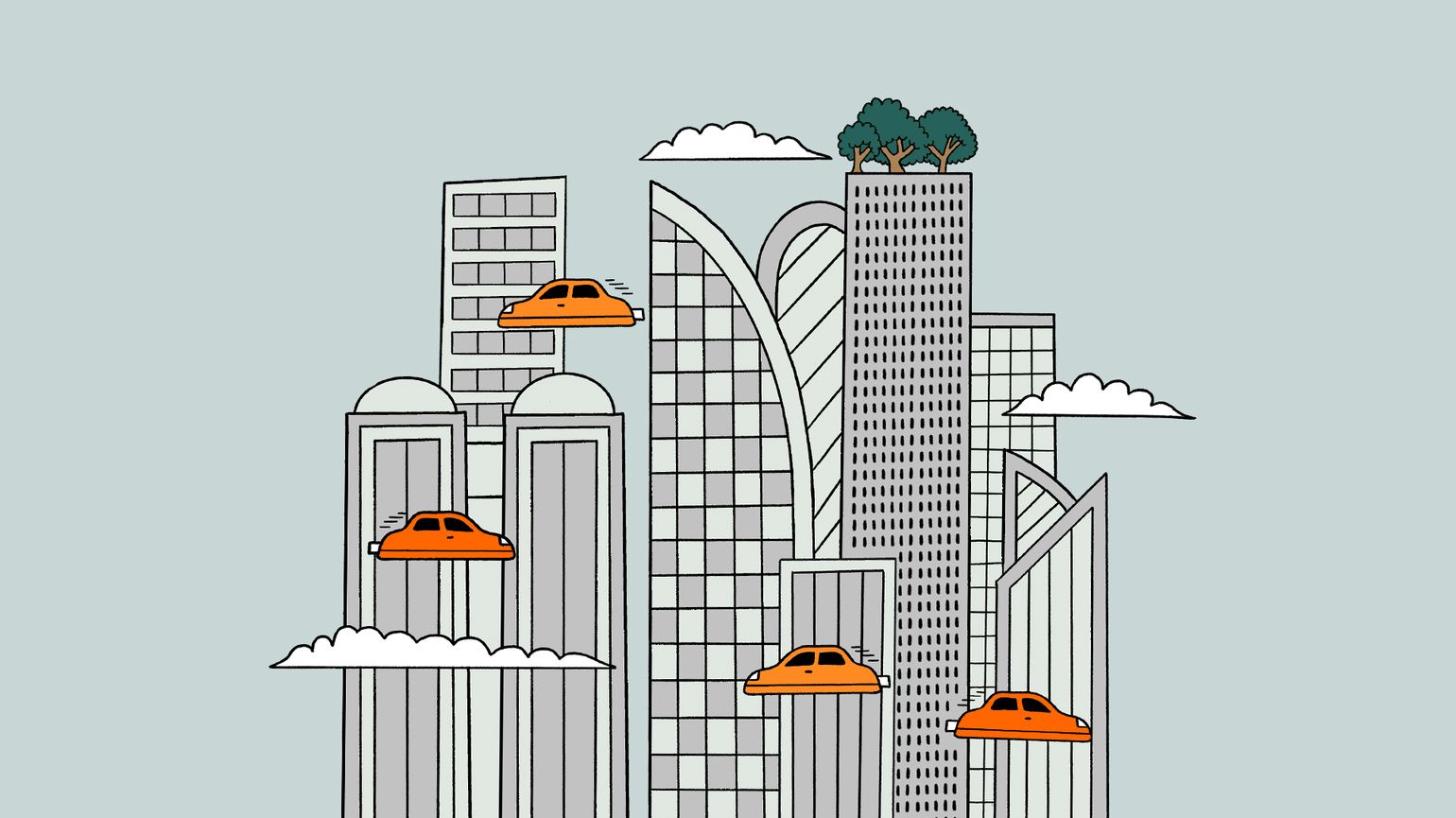Six Transformational Infrastructure Investments Shaping Future Cities


By 2054, urban life might look very different. Transformational infrastructure investments made today could radically change the way people live, work and play in cities all over the world. Here’s a look at some of the most exciting ideas so far.
- IoT devices will double by 2030, enhancing city functions and efficiency
Think of the future, and you might imagine humanoids, the real-life “Hunger Games”, or weirdly shaped silver trucks claiming ownership over dusty roads.
None of that – or hopefully, any less threatening and bizarre innovations – will come to fruition without two factors. First: a demand or a need. Second: enough financial backing to make them viable and tangible.
So let’s take a look at some of the world’s future-shaping companies set on rebuilding the cities of 2054.

The Internet of Things
City planners are already exploring how “smart city solutions” – a type of IoT technology – could improve how cities function: theoretically, they could ease traffic congestion by monitoring traffic lights and road data, improve energy grids through automated sensors, and make homes more eco-friendly by automatically adjusting lighting and heating based on occupancy and weather conditions.
These technologies, as well as many that haven’t even been explored yet, will likely have revolutionized the way cities function. However, that won’t happen without the necessary infrastructure. The number of physical devices that are connected to the IoT is expected to double by 2030, as this future will be built on data transfers. Companies such as Radius – which owns and operates digital infrastructure sites like data centers and cell sites around the world – would have to keep pace with ever-growing amounts of digital information.
Sustainable construction
Building and construction currently contribute around 39% of the world’s energy-related carbon emissions, a statistic that will need to change as stricter regulations come down on builders, manufacturers, and policymakers over the next three decades. So with total building stock forecast to double by 2060 to house the growing global population, the industry will be emphasising sustainable and efficient building across the whole process.
Thinkproject is a software firm that helps construction industry professionals digitalize their projects, a process that the company hopes could one day reduce costs and delivery times. Industry-wide changes like these play a critical role in cutting emissions and improving efficiency across the construction industry.
Smart waste management
Cities already produce around half of the world’s waste, and that 2 billion tons of rubbish is expected to creep up to 3 billion by 2050. To stop the snowball as urban populations increase, city planners are expected to adopt advanced technology that facilitates the wider reuse and recycling of materials.
UK-based Encyclis, for example, turns waste into heat, electricity, and other resources, through a process that turns discarded material into a hygienic form of ash. Encyclis can then funnel the electricity produced into heat networks and distribute the ash across the construction industry.
The electric vehicle revolution
Modern roads are already becoming increasingly electric, and Bloomberg forecasts that with more investment and more widespread infrastructure, the electric vehicle (EV) market will grow exponentially from USD 8.8 trillion to at least $57 trillion by 2050. At the same time, individual car ownership is expected to decrease as more city dwellers use ride-hailing apps, car-sharing, and public transport services.

What’s more, those who own cars will increasingly choose self-driving vehicles. As cities become more densely populated, self-driving cars will be celebrated for their ability to reduce collisions and alleviate congestion. Plus, they’ll give passengers more time to relax, socialize, and work. Horizon Robotics provides energy-efficient computers and advanced driver systems for the Chinese consumer vehicles market. Horizon is working with partners including Volkswagen with to develop next-generation driving experiences, aiming to one day shape smarter and safer EVs.
Solar-powered cities
Renewable energy should make up a bigger proportion of cities’ fuel sources in 2054, given many countries’ targets to be entirely or primarily powered by renewable energy by 2050. Solar power seems particularly promising: the cost of installing solar photovoltaic (PV) panels has fallen by around 80% since 2010, making solar the cheapest form of energy in the world. Not only is the solution cost-effective but solar panels can be integrated into buildings without taking up large areas of dedicated space, making them a non-obstructive option for city areas.

Battery storage will be a key part of the solution. Solar is naturally intermittent, depending on weather conditions and daylight hours. Statera Energy is a UK-based energy company that develops and operates battery storage and other renewable energy projects. Statera plans to deliver over 16 gigawatts of flexibility assets – energy assets with flexible capacity and uses – by 2030, allowing the UK to produce more renewable energy.
Cyber-defended cities
As technology embeds deeper into cities’ infrastructure, major metropolises will become more common targets of cyberattacks. Theoretically, an attack could shut down a city’s electricity or water, or hackers could access emergency alerts, street video surveillance, and smart traffic signals. Robust cybersecurity solutions will, therefore, become increasingly important. CYE is a cybersecurity firm. CYE specializes in mimicking real-world attacks, allowing clients to assess and strengthen their cybersecurity, as part of developing risk prioritization and mitigation plans. Such technology will be critical to keeping cities safe and operational in the future.
Climate resilience
Estimates suggest that more than a billion people in coastal cities will be vulnerable to severe flooding and extreme weather by 2070. In fact, of the 100 fastest-growing cities in the world, 84 are at extreme risk of suffering from the impact of severe climate change. That includes extremely high temperatures, which are predicted to affect around 1.6 billion people in cities as soon as 2050. As a result, climate resilience and adaptation will be critical to the survivability of future cities.
ThinQ is the must-bookmark publication for the thinking investor.



